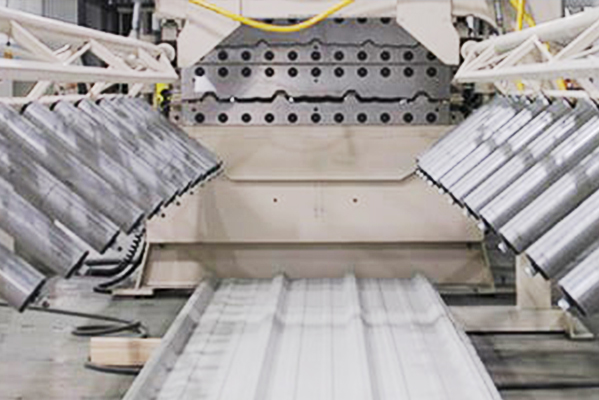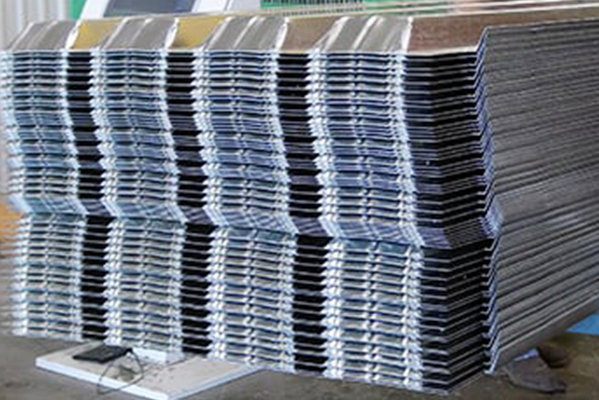Navigation Menu
Contact Us
- Email:
- info@wxavatar.com
- Address:
- Yurong Village, Yuqi Street, Huishan District, Wuxi, China.
Release Date:Jul 04, 2025 Visit:40 Source:Roll Forming Machine Factory
In modern manufacturing and logistics, production downtime can significantly impact efficiency and profitability. Smart stacking technology has emerged as an effective solution to minimize interruptions in production workflows. By optimizing storage and retrieval processes, this technology helps businesses maintain continuous operations while improving overall productivity.

What Is Smart Stacking Technology?
Smart stacking technology refers to automated systems that organize and manage inventory in a way that maximizes space utilization and minimizes handling time. Using advanced algorithms, sensors, and robotics, these systems ensure that materials or products are stored and retrieved efficiently, reducing delays in production lines.
Key Ways Smart Stacking Reduces Downtime
1. Automated Inventory Management
Traditional manual stacking methods often lead to misplaced items or inefficient space usage, causing delays in material retrieval. Smart stacking systems track inventory in real time, ensuring that items are stored logically and can be accessed quickly when needed. This automation reduces the time workers spend searching for materials, keeping production running smoothly.
2. Optimized Storage Layouts
Smart stacking technology analyzes production demands and adjusts storage configurations accordingly. By grouping frequently used items in easily accessible locations, the system minimizes movement time and prevents bottlenecks in the supply chain. This optimization helps maintain a steady workflow without unnecessary pauses.
3. Predictive Maintenance Integration
Many smart stacking systems incorporate predictive maintenance features that monitor equipment health. By detecting potential issues before they cause breakdowns, these systems prevent unexpected downtime. For example, sensors can alert operators when a robotic stacker requires servicing, allowing repairs to be scheduled during non-production hours.
4. Seamless Integration with Production Lines
Smart stacking solutions are designed to work in sync with other automated systems, such as conveyor belts and robotic arms. This integration ensures a smooth transition between storage and production phases, eliminating delays caused by manual handoffs.
5. Reduced Human Error
Manual stacking and retrieval processes are prone to mistakes, such as incorrect placement or mislabeling, which can disrupt production. Smart stacking technology minimizes these errors by automating placement and tracking, ensuring that materials are always where they need to be.
Conclusion
Smart stacking technology plays a crucial role in reducing production downtime by improving inventory management, optimizing storage layouts, and integrating predictive maintenance. By automating key processes and minimizing human error, businesses can maintain consistent operations and enhance overall efficiency. As industries continue to adopt advanced automation, smart stacking will remain a vital tool for sustaining uninterrupted production workflows.

By implementing these solutions, companies can achieve greater operational reliability while reducing costly delays.